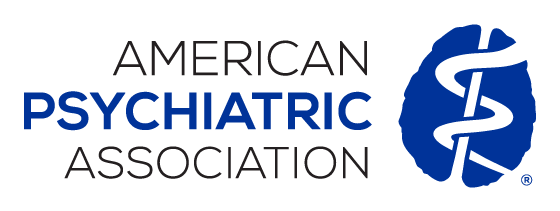
A therapeutic chatbot guided by generative AI was more effective than a waitlist control at reducing symptoms of depression, anxiety, and disordered eating, according to a report published in NEJM AI.
“Although existing companion Gen-AI chatbots can be highly engaging, they are not trained or evaluated for treating clinical-level mental health symptoms,” wrote Michael V. Heinz, M.D., and colleagues at Dartmouth College. “Gen-AI conversational agents tailored to integrate both evidence-based techniques and important nonspecific factors contributing to psychotherapy outcomes represent a significant opportunity to provide scalable, on-demand, and effective mental health treatment.”
For several years, Heinz and colleagues had been developing such a chatbot, which they called Therabot. This chatbot was trained on therapist–patient dialogues that simulated a cognitive behavioral therapy session and were developed by an expert research team that included a board-certified psychiatrist and a clinical psychologist. As with other chatbots, Therabot analyzes individuals’ text messages and responds with empathetic responses, validation, a targeted intervention, or request for elaboration, as needed.
To test their chatbot, the researchers enrolled 210 adults who self-reported clinically significant symptoms of depression, general anxiety, and/or disordered eating. One-hundred six of the participants received access to Therabot and were prompted to interact with it daily for four weeks; during the subsequent four weeks the participants continued to have access to Therabot but were not prompted to use it. The remaining 104 participants received Therabot after eight weeks.
After four weeks, the adults who received Therabot reported significantly greater decreases across all three symptom categories relative to the waitlist group. For example, depressive symptoms as measured with the Patient Health Questionnaire-9 (range zero to 27) dropped by 6.13 points in the Therabot group and 2.63 points in the waitlist group. All symptom scores remained lower in the Therabot group at the eight-week follow-up.
On average, participants engaged with Therabot for about six hours during the study period and sent 260 messages. Those using Therabot also reported high scores on various measures of user satisfaction (e.g., easy to learn, good interface) as well as their ability to bond with the program.
“Therabot was powered by Gen-AI, allowing for natural, highly personalized, open-ended dialogue,” Heinz and colleagues wrote, adding that within four weeks, participants were able to develop a working alliance comparable to that shown for people attending outpatient psychotherapy.
For related information, see the Psychiatric News article “Popularity of Mental Health Chatbots Grows.”
(Image: Getty Images/iStock/portishead1)
Don't miss out! To learn about newly posted articles in Psychiatric News, please sign up here.





















